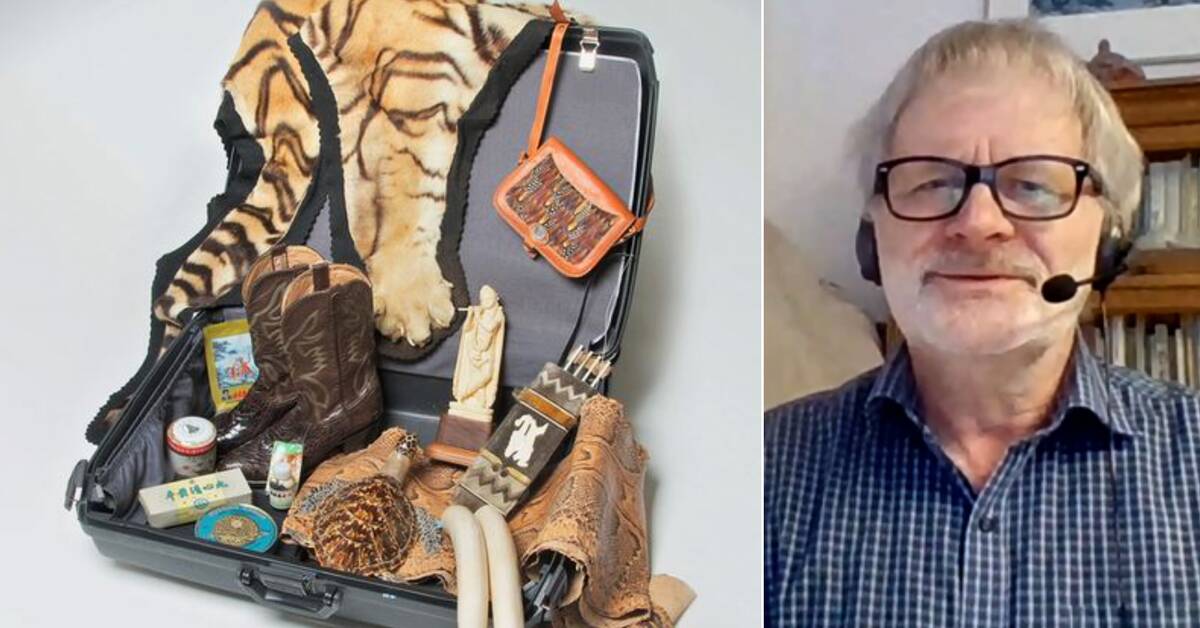Africa's scorching savannas and tropical rainforests are home to the majority of the world's elephants.
But the illegal trade in ivory is a major problem for the animals.
Today, more elephants die than are born.
Mats Forslund, expert in trade in exotic animals at the World Wide Fund for Nature (WWF), is worried about the animals' future.
- One hundred years ago, there were ten million elephants in Africa.
Now they are down to 400,000. It is a huge reduction that has taken place, he says.
Scattered elephant grazing
In a new study, a US research group has taken DNA samples from pastures seized in various international ports and sent from various African countries.
With the help of the elephants' DNA, they have since been able to trace which of the animals lived in the same herd.
The results showed that several of the grazers came from the same elephant or from related elephants.
Because elephants live in family groups, this means that a large proportion of the ivory exported from different African countries originally came from the same area.
This indicates that smugglers in the various countries are cooperating to spread exports over a larger geographical area.
- The method will be able to be very useful in the future as you can track where these elephant grazers come from.
Then you can also try to map out who is doing what, says Mats Forslund.
Cross-border crime
The ivory trade is a large-scale organized crime that generates large sums of money.
Over the past ten years, the number of checks in African countries, among others, has increased, which according to Mats Forslund could explain why smugglers cooperate across national borders.
- Today you can only convict smugglers at the time of the smuggling.
But with this method, you can go back in line and pretty well see who carried out the illegal hunt, says Mats Forslund.
20,000 are killed every year
The elephant population on the African continent is declining drastically.
An estimated 20,000 elephants are killed in poaching in Africa each year.
Ivory is only used for the manufacture of ornaments and has no medicinal effect.
Many seizures made by the police in recent years have consisted of several tonnes of ivory.
Can stop poachers
Few of the crimes surrounding poaching elephants and smuggling ivory lead to prosecutions and convictions.
In the future, researchers hope that the method can be used in combination with other evidence from investigations to strengthen prosecution and increase the convictions for poachers and smugglers.
- It is important that you both try to stop the poaching where it takes place and try to stop the smuggling when ivory is transported.
But also to make those who buy ivory understand that this threatens the elephants, says Mats Forslund.
In the video, you get to know more about what the import of animals and animal parts to Sweden has looked like throughout history.

